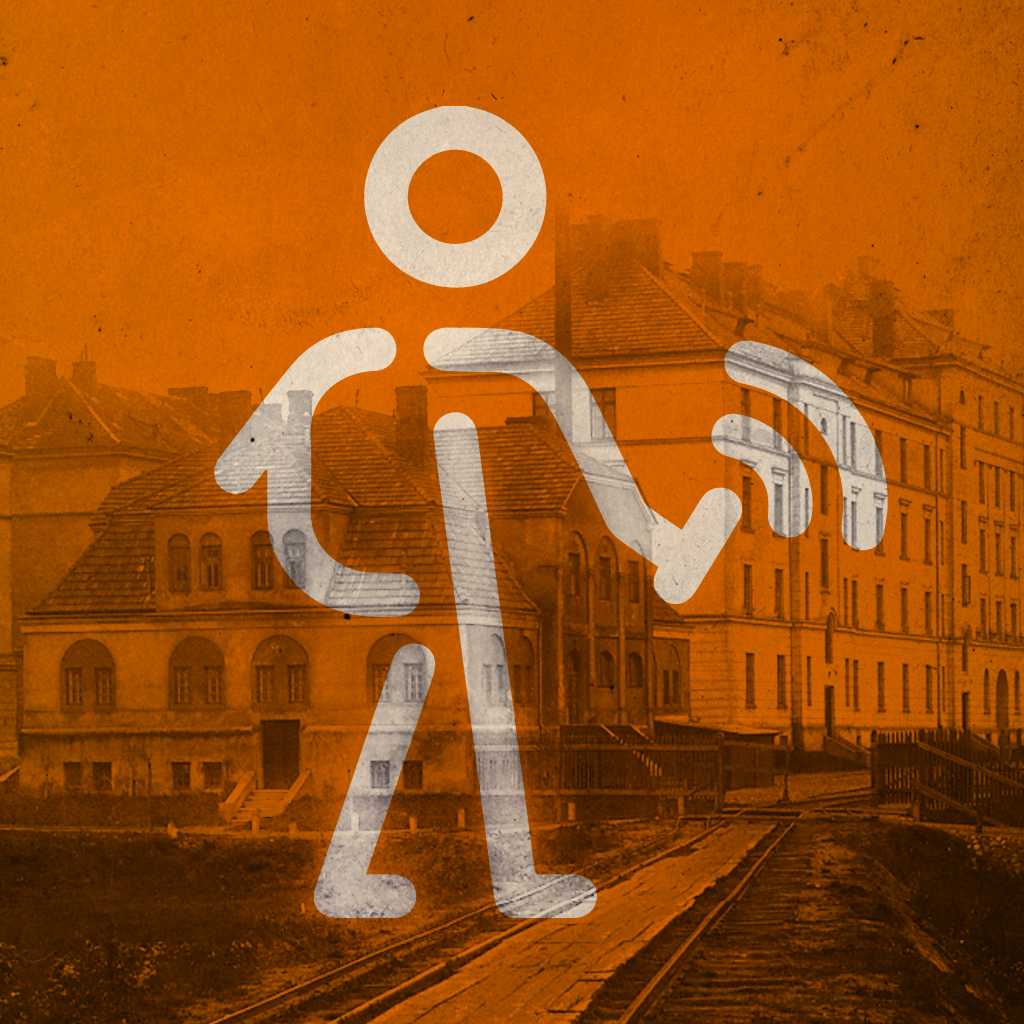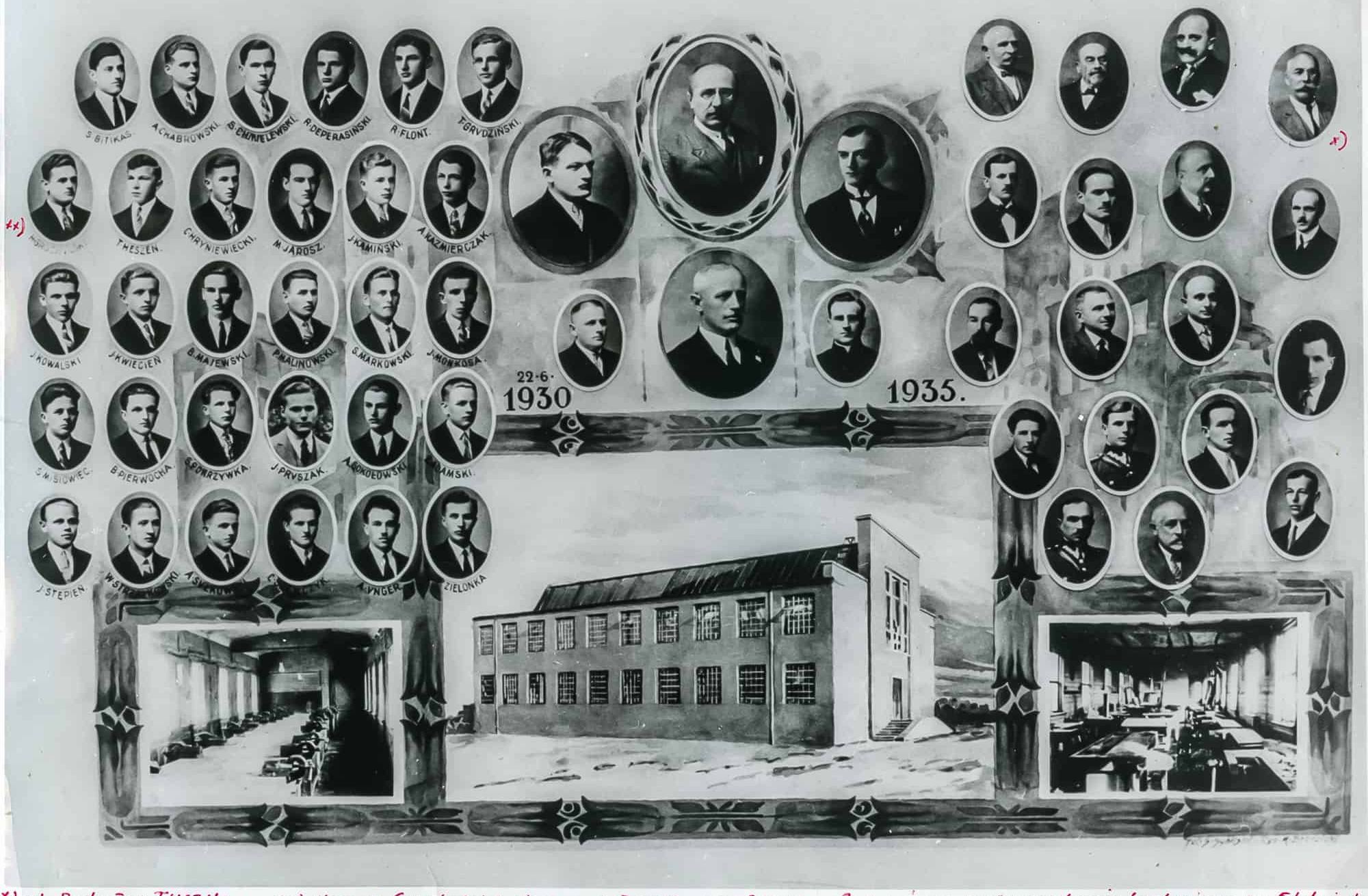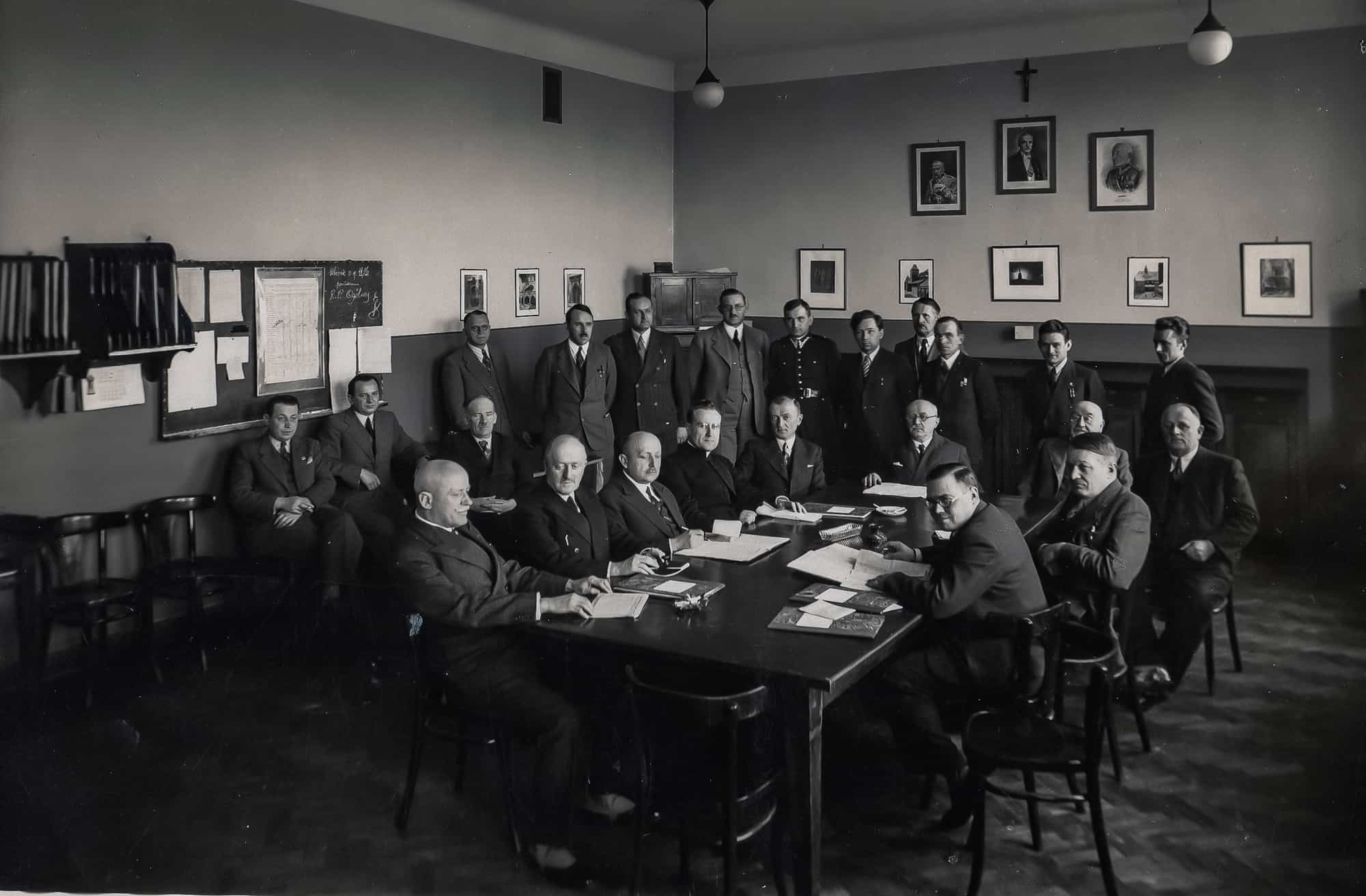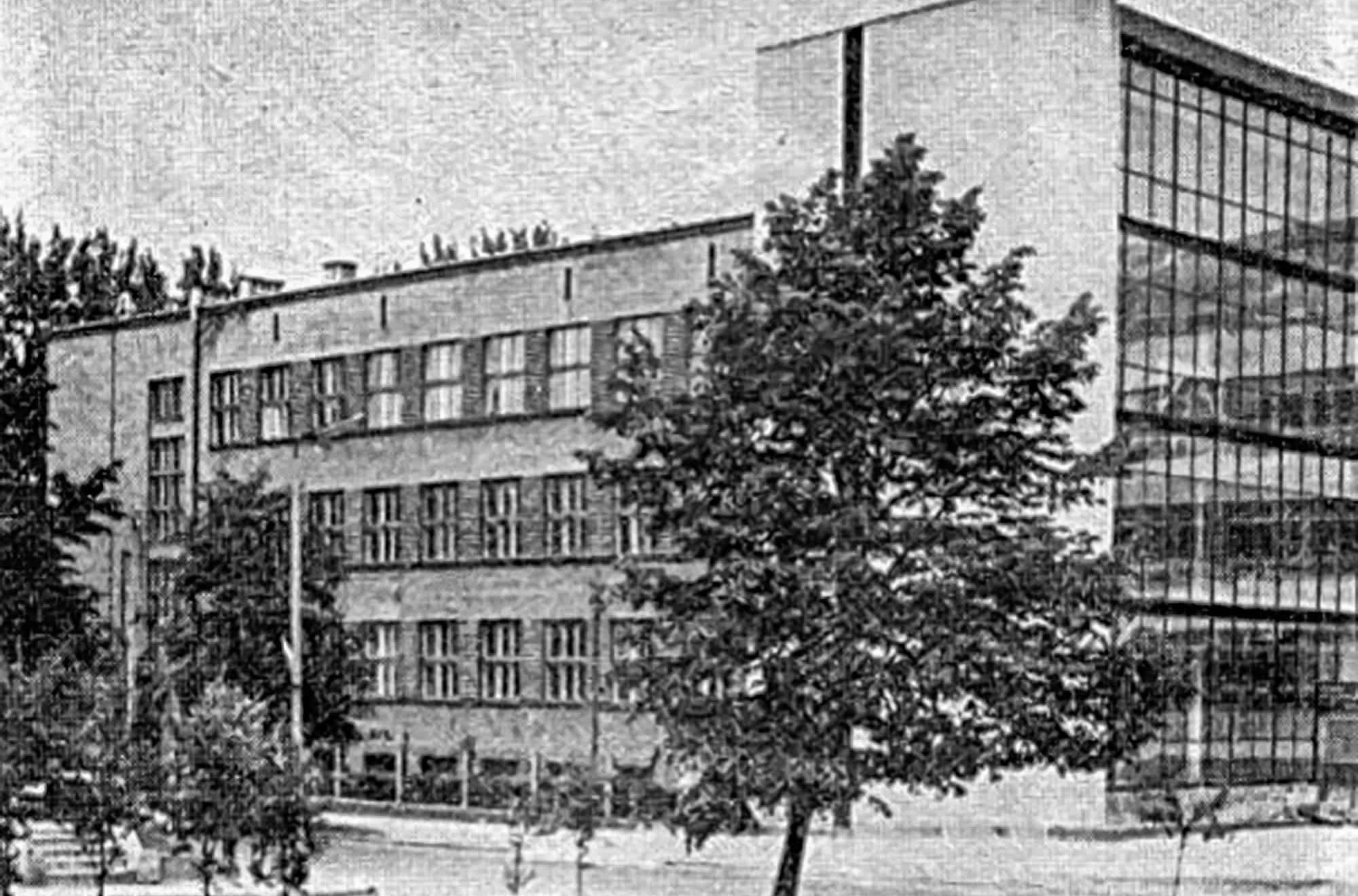TECHNICAL SCHOOL

Listen to the audio guide
The establishment of the State Secondary Technical School in Radom is closely related to the launch and development of the Weapons Factory, which needed qualified staff.
In March 1929 the factory donated the land for the construction of the school in T. Kościuszki Street, and already in October 1930 the ceremonial consecration and opening of the workshops of the Technical School took place. Two years later the didactic building was put into use, built according to the design of engineer Kazimierz Prokulski. On October 23, 1932 the act of consecration of the school building took place, which was done by the prefect Rev. Dr. Henryk Kaszewski.
The weekly Tygodnik Radomski wrote in 1932:
“(…) there was a solemn moment of consecration of the edifice arranged according to the modern requirements of technology”.
The new building has become home to: The Radom Society for Technical Courses and the State Secondary Technical School. Witalis Leon Mroczkowski, M.Sc. engineer, was its director from the very beginning, and after his retirement in 1938, the position was held by Bolesław Egiejman, M.Sc. engineer.
In the same year, the name of the school was changed to: State Industrial Schools, but the old name, Technical School, was still in common use.
On September 1, 1939, the new school year did not begin, due to the outbreak of World War II. Some teachers were mobilised into the Polish Army and participated in the defensive war. A few days after the outbreak of war, retreating units of the Polish Army with the wounded began to arrive in Radom and the school was turned into a field hospital. Some classrooms became hospital rooms, and the gymnasium was used as an operating room. After Radom was occupied by the German army on September 8, 1939, Wehrmacht soldiers were quartered at the school for some time. In 1940, the German occupation authorities restored general and vocational education in the General Government. The Technical School was also opened as a vocational school, which was to educate skilled workers needed by the occupant in construction and industry, among others at the Weapons Factory, which was producing for the German army at the time. It was the only secondary school for men in the Radom district – “Staatliche Gewerbeschule in Radom”, with a three-year profile of mechanics, construction and road construction.
Most of the students who had attended the school before the outbreak of the war returned to classes because the school protected them from the compulsory labour that had been imposed on all Poles from the age of 16, as well as from being deported for labour in Germany. In addition, students received food cards like employees. The school management tried to admit as many young people as possible to give them a chance to survive the war. Classes were held from 8 a.m. to 8 p.m. Despite the threats posed by the occupant, the school’s students engaged in conspiratorial activities. Most of them belonged to the “Grey Ranks” (Szare Szeregi). They were mainly scouts who were active before the war in the school’s 7. Radom Scout Troop. Among them were, among others, the scout leader and scoutmaster Tadeusz Olejarski a.k.a. Wolny, who died in the Warsaw Uprising, or Jan Sońta a.k.a. Ośka, later a legendary commander of a partisan unit of the Peasants’ Battalions (Bataliony Chłopskie).
The list of victims of the war and occupation, teachers, graduates and students of the Railway State Secondary Technical School, the State Industrial Schools and the Radom Society of Technical Courses, which has been established so far, includes 94 names. After the end of the German occupation, the school was rebuilt with the joint efforts of students, teachers and parents. Thanks to their tremendous commitment, on September 1, 1945, the official start of the new school year took place. By decision of the educational authorities, as of December 31, 1950, three independent educational institutions were separated from the State Industrial Schools. The construction department became the Construction Technical School, the road department became the Road Technical School, and the mechanical department became the Mechanical Technical School.





